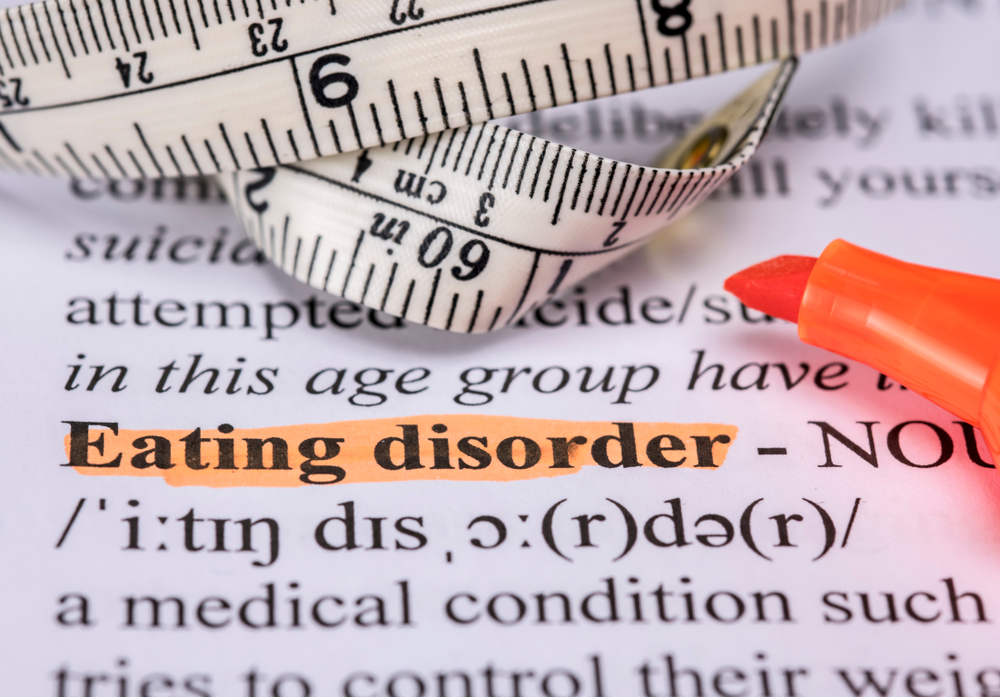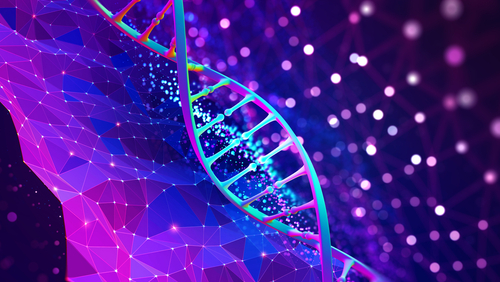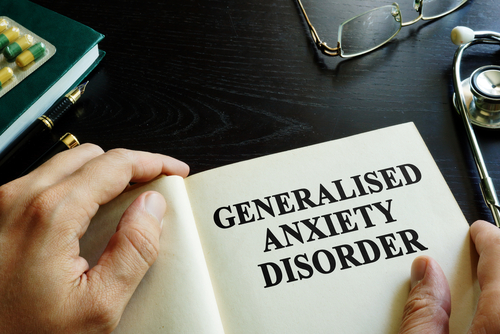
The National Institute of Mental Health (NIH) defines eating disorders as “serious medical illnesses marked by severe disturbances to a person’s eating behavior.” There are several different types of eating disorders listed in the Diagnostic and Statistical Manual of Mental Disorders, Fifth Edition (DSM-5) categorized under the Disorder Class: Feeding and Eating Disorders. Eating disorders are complex psychological conditions that are broadly characterized by abnormal, irregular eating habits, and an extreme concern with one’s body weight or shape. Constantly engaging in weight loss and diets that involve severely restricting food intake to the point of continued hunger can contribute to the development of an eating disorder. This way of eating can not only cause adverse effects to one’s energy levels, but it can also impact one’s physical health as it prohibits one’s ability to extract and absorb the needed vitamins, minerals, and nutrients that are innately sourced from consuming food. The different types of eating disorders include:
-
- Anorexia nervosa: is an eating disorder characterized by weight loss and/ or lack of appropriate wait gain in growing children, an inability to maintain an appropriate body weight for one’s age, height, stature, intense fear of gaining weight and a distorted perception of body image (weight and/ or shape). People struggling with anorexia will employ extreme efforts to control their weight and/ or shape, which can significantly interfere with their ability to properly function in their daily life.
- Bulimia nervosa: is an eating disorder characterized by a cycle of overeating (bingeing) and compensatory behaviors (purging) in attempts to undo the effects of the binge eating episodes. Purging could include self-induced vomiting, excessively over exercising, and/ or abusing diuretics.
- Binge-eating disorder (BED): is an eating disorder characterized by recurrent episodes of compulsively eating abnormally large quantities of food (often quickly) to the point of physical discomfort, without engaging in compensatory behaviors. Often binge episodes are followed with emotions of embarrassment, shame, guilt, and/ or distress.
- Rumination disorder: is an eating disorder characterized by repeatedly and unintentionally regurgitating (spitting up) undigested or partially digested food from the stomach, chewing it again and either swallowing it or spitting it out.
- Avoidant/ restrictive food intake disorder (ARFID): is an eating disorder characterized by restricting food intake (e.g., eating smaller amounts) and/ or eliminating certain groups to the point of infringing on one’s exposure to and ability to absorb needed nutrients coming from food.
Eating disorders can be debilitating and can adversely affect a person’s emotions, health, and interfere with one’s ability to adequately function in his or her daily life.
Signs and Symptoms
Every person is unique and will exhibit a distinct set of signs and symptoms as they relate to the presence of an eating disorder. Furthermore, the type of eating disorder an individual struggles with can influence the signs and symptoms experienced. The Mayo Clinic provides a list of examples of behaviors that could be indicative of an eating disorder, some of which include the following:
- Obsessively focusing on healthy eating
- Skipping meals
- Withdrawing from social activities
- Making excuses for not eating
- Adhering to an overly restrictive diet
- Preparing separate meals when eating in a group instead of eating what everyone else is eating
- Excessive exercise
- Constantly checking the mirror and/ or pointing out perceived flaws
- Using laxatives, herbal weight loss products, and/ or dietary supplements
- Regularly excusing oneself during meals to use the restroom
- Eating in secret
- Expressing disgust, shame, and/ or guilt about one’s eating habits
The combination, severity, and duration of symptoms is influenced by the type of eating disorder present as well as the individual. If left untreated, continued malnutrition that occurs with an untreated eating disorder can lead to severe short and long-term consequences. Although eating disorders are life-long conditions, with proper treatment and support, a person can learn to effectively manage its symptoms.
The information above is provided for the use of informational purposes only. The above content is not to be substituted for professional advice, diagnosis, or treatment, as in no way is it intended as an attempt to practice medicine, give specific medical advice, including, without limitation, advice concerning the topic of mental health. As such, please do not use any material provided above to disregard professional advice or delay seeking treatment.








